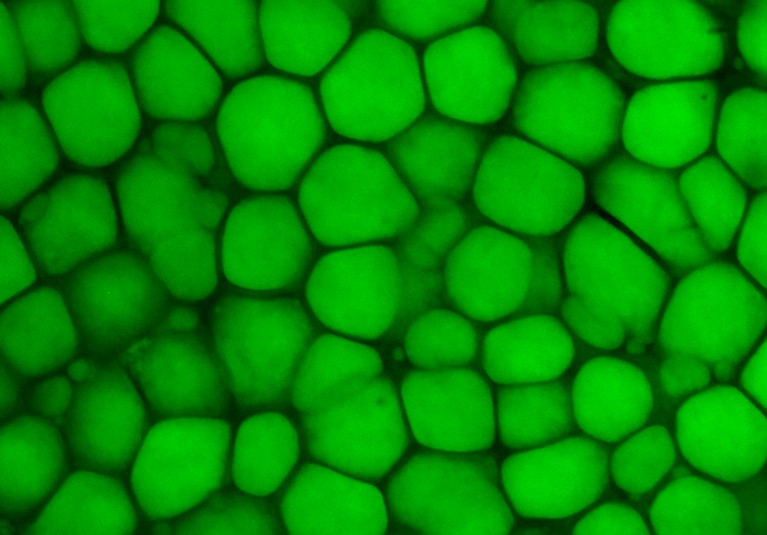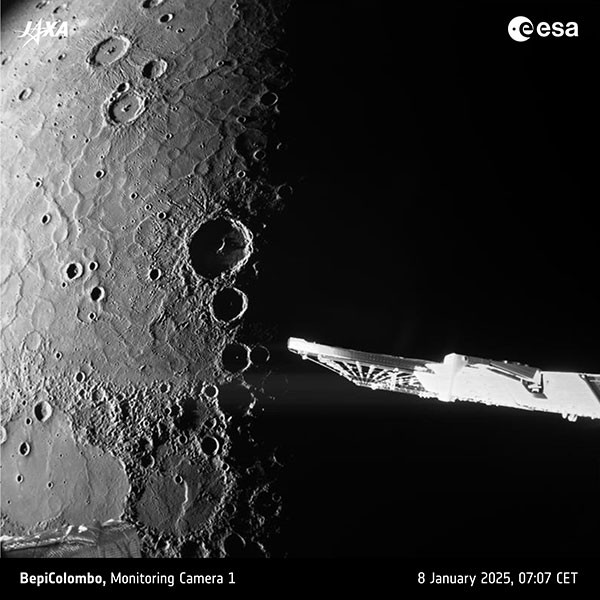Hello Nature readers, would you like to get this Briefing in your inbox free every day? Sign up here.

People in New Delhi, India, wait in line for water in June 2024 during a heat wave.Credit: Raj K Raj/Hindustan Times via Getty
It’s official: Earth’s average temperature climbed more than 1.5 °C above pre-industrial levels for the first time in 2024. Climate scientists announced the breach today, signalling that the world has failed, at least temporarily, to avoid crossing the threshold set by the Paris climate accord in 2015 to avert the worst impacts of global warming. For the time being, it’s just one metric and one year, but researchers say that it nonetheless serves as a stark reminder that the world is moving into dangerous territory — perhaps more quickly than previously thought. “It’s both a physical reality and a symbolic shock,” says social scientist Gail Whiteman, who studies climate risks. “We are reaching the end of what we thought was a safe zone for humanity.”
Nature | 5 min read
Female scientists are quitting academic publishing earlier than their male counterparts, even in biological-science disciplines that have roughly equal representation. A study that tracked the scholarly publications of more than 86,000 scientists in 38 countries found that, 19 years after publishing their first paper, only 26% of female researchers in biological sciences continue their publishing careers, compared with 36% of men. “It’s very easy to assume that science is going to change organically towards equality,” says information scientist Cassidy Sugimoto. “What this study shows is that that’s not happening.”
Nature | 4 min read
Reference: bioRxiv preprint (not peer reviewed)
A cell that provides cushioning and support to various body parts has been described for the first time. These cells have big internal pockets of lipids, similar to fat cells, which helps them to serve as padding. However, their patterns of gene activation are more like those of rigid cartilage cells, which usually provide body tissues with structural support. Scientists therefore dubbed them ‘lipocartilage’ cells, suggesting that they act like bubble wrap in cartilage-filled tissues, such as ears and the nose, to make them less stiff.
Nature | 4 min read
Reference: Science paper

A green dye marks lipocartilage cells from the ear of a rat.Credit: Plikus lab, Univ. California, Irvine
Features & opinion
Professional players say that there’s trouble in the state of tennis: the balls are no good — and getting worse. Complaints have led ball-makers to reveal the specifics of engineering and testing that goes into producing tennis balls. As well as manufacturing challenges that arose from the COVID-19 pandemic, companies point to environmental variations that can change ball behaviour and rough courts that can strip the spheres’ fuzz. Meanwhile the game gets ever faster and more powerful, leaving balls struggling to bounce back as they once did.
Defector | 13 min read
Former US president Jimmy Carter’s unusual background combined an education on his family’s peanut farm and Navy training in nuclear physics. Alongside his wife Rosalynn, “the Carters’ work was exemplified by their dedication to the eradication of Guinea-worm disease”, writes physician Julie Jacobson, who has worked with their organization, the Carter Center. In 1995, he brokered what has become known as the South Sudan Guinea-worm ceasefire — a halt in fighting to allow healthcare interventions. Cases of Guinea-worm disease have fallen from 3.5 million in 1986 to just a handful in 2024. “His legacy will last for decades, continuing to pay back in the acts of peace, health and diplomacy that characterized his life,” writes Jacobson.
Nature | 5 min read
A childlike traveller gets ready for the Big Sleep in the latest short story for Nature’s Futures series.
Nature | 7 min read
This week, I joined the Nature Podcast to chat about stories you might have missed over the holidays (especially since this newsletter was on a break!): the retraction saga of a paper that was key to the now-disproven idea that the malaria drug hydroxychloroquine can treat COVID-19, the skin’s surprise immune system and what the iconic fossil ‘Lucy’ can tell us about the running ability of our ancient relatives.
Nature Podcast | 26 min listen
Subscribe to the Nature Podcast on Apple Podcasts, Spotify or YouTube Music, or use the RSS feed.

The European Space Agency’s BepiColombo spacecraft caught this atmospheric snap of Mercury’s north pole as it passed the planet for the sixth time on 8 January. From its vantage point just a few hundred kilometres from the surface, the craft’s cameras caught the terminator — the boundary between day and night — and could peer into the craters peppering its surface. (European Space Agency press release | 5 min read) (ESA/BepiColombo/MTM)
Today Leif Penguinson is hiding amongst the striking hexagonal basalt columns of Sheepeater Cliff in Yellowstone National Park, in the United States. Can you find the penguin?
The answer will be in Monday’s e-mail, all thanks to Briefing photo editor and penguin wrangler Tom Houghton.
This newsletter is always evolving — tell us what you think! Please send your feedback to [email protected].
Flora Graham, senior editor, Nature Briefing
With contributions by Jacob Smith
Want more? Sign up to our other free Nature Briefing newsletters:
• Nature Briefing: Careers — insights, advice and award-winning journalism to help you optimize your working life
• Nature Briefing: Microbiology — the most abundant living entities on our planet — microorganisms — and the role they play in health, the environment and food systems
• Nature Briefing: Anthropocene — climate change, biodiversity, sustainability and geoengineering
• Nature Briefing: AI & Robotics — 100% written by humans, of course
• Nature Briefing: Cancer — a weekly newsletter written with cancer researchers in mind
• Nature Briefing: Translational Research — covers biotechnology, drug discovery and pharma




